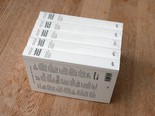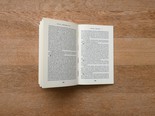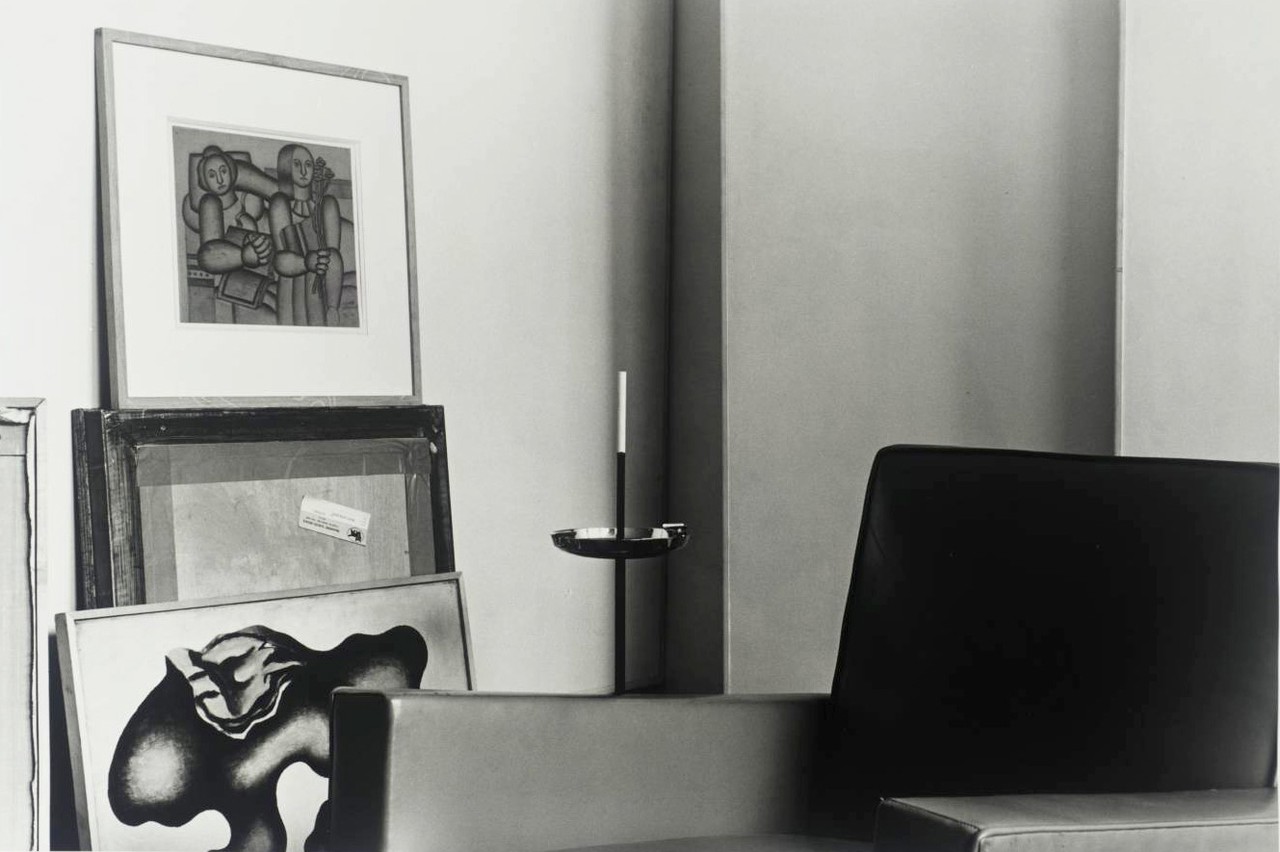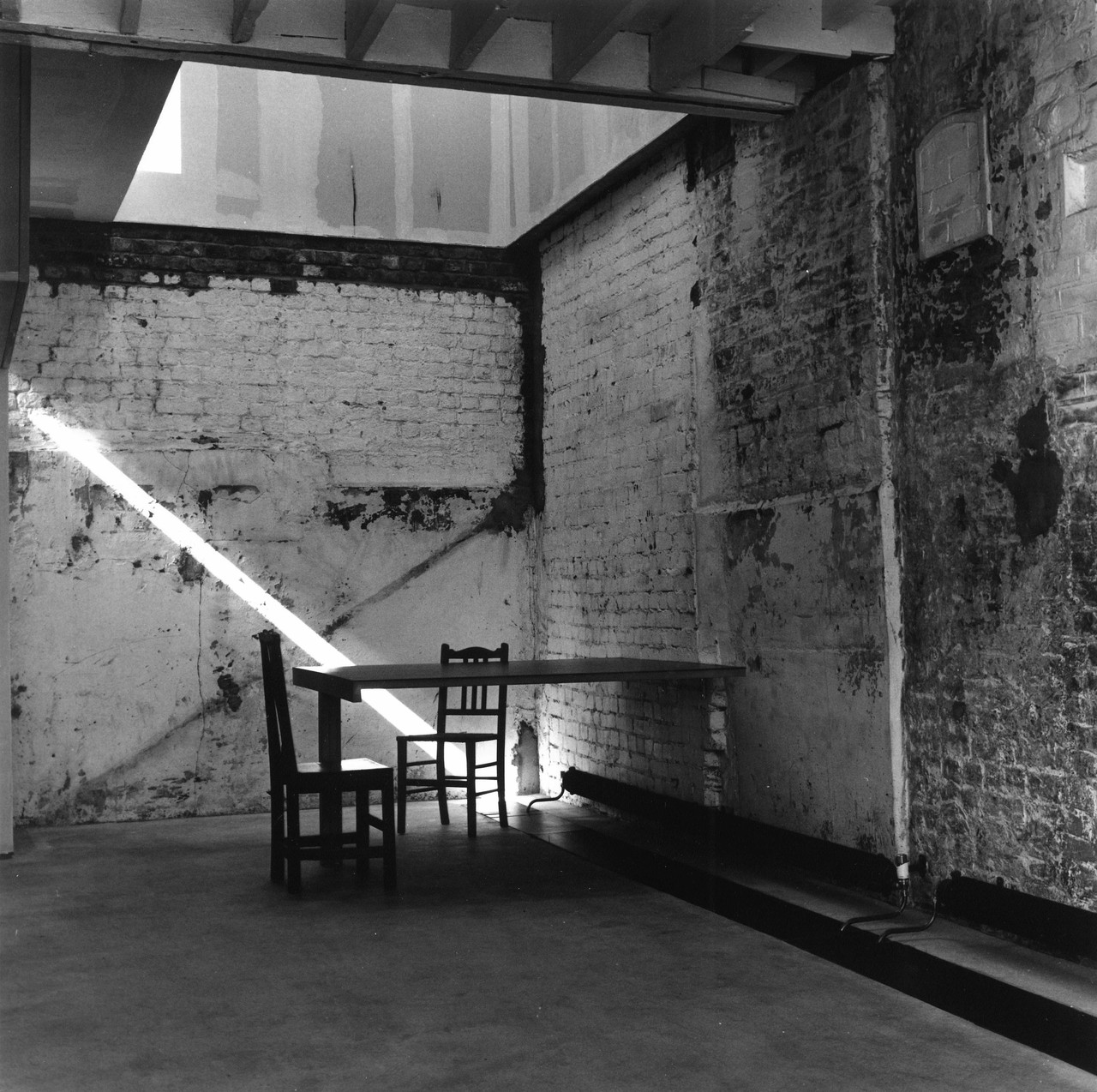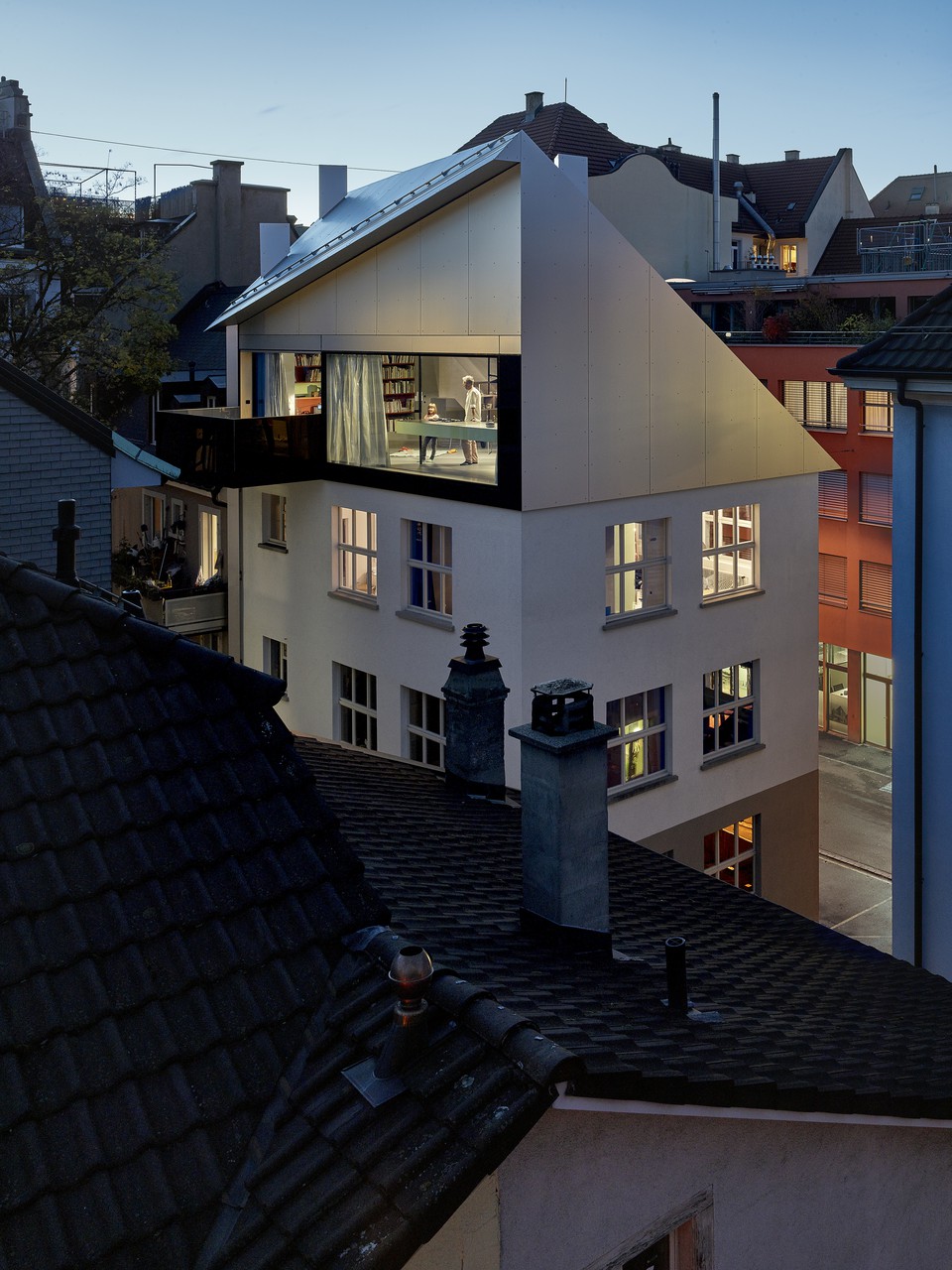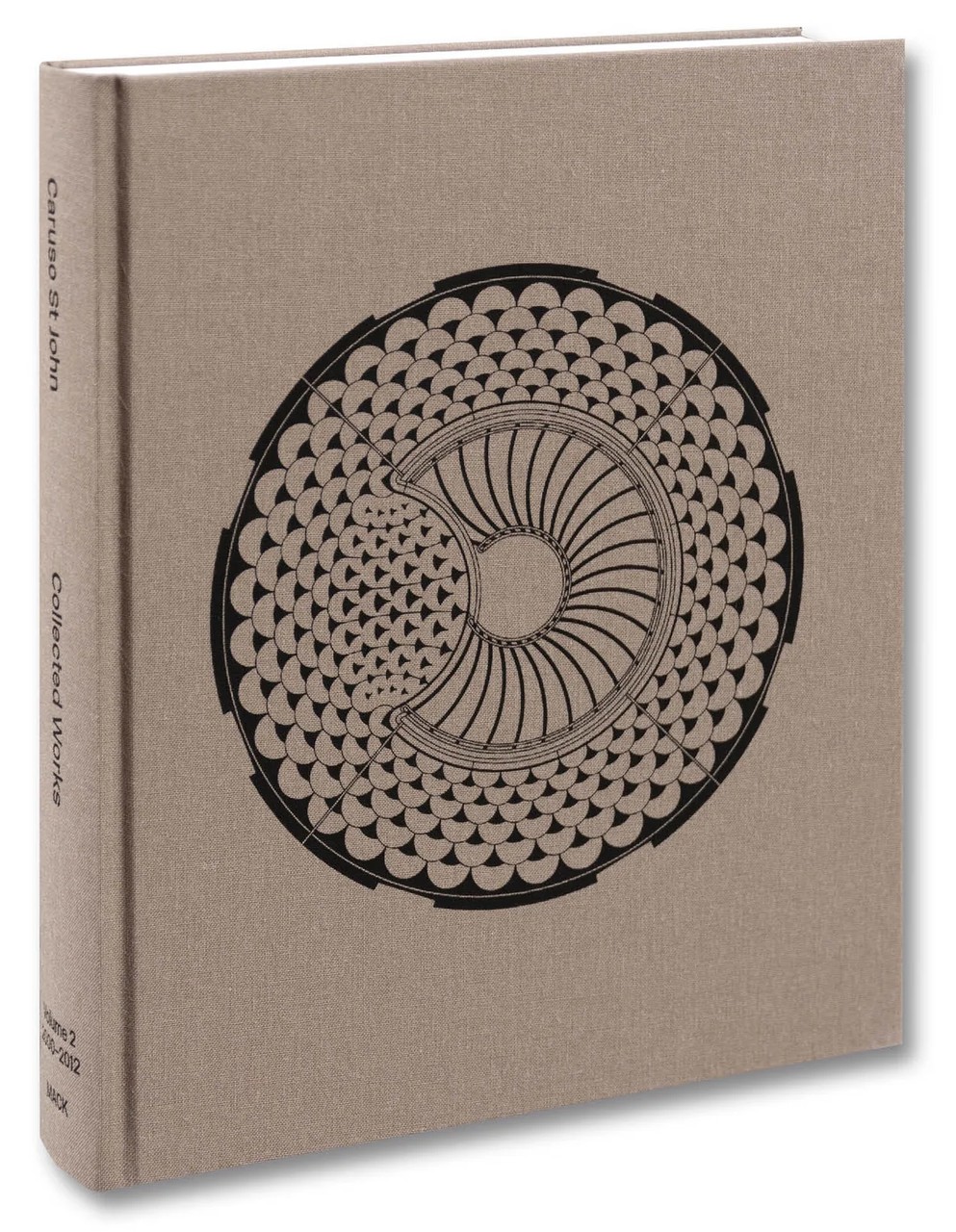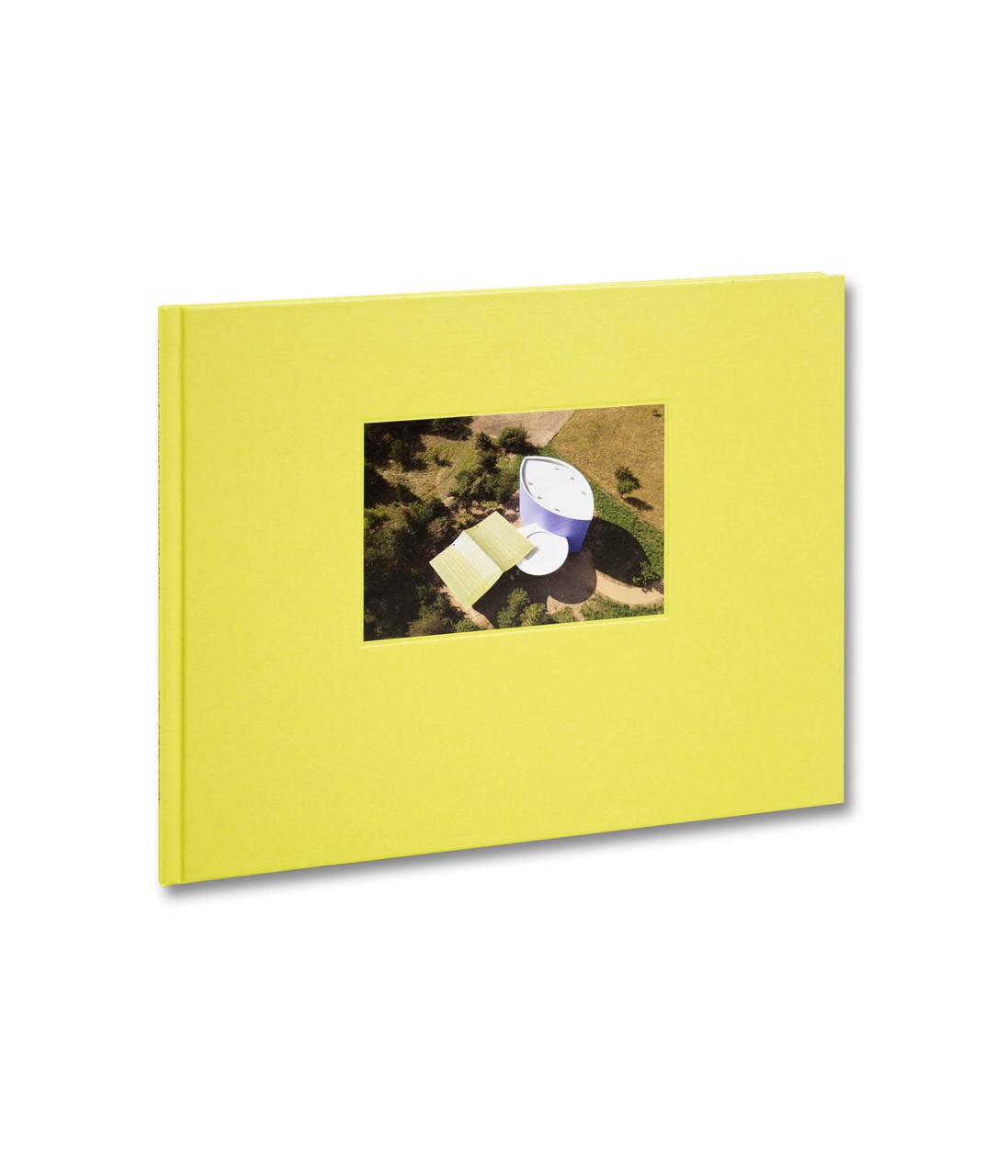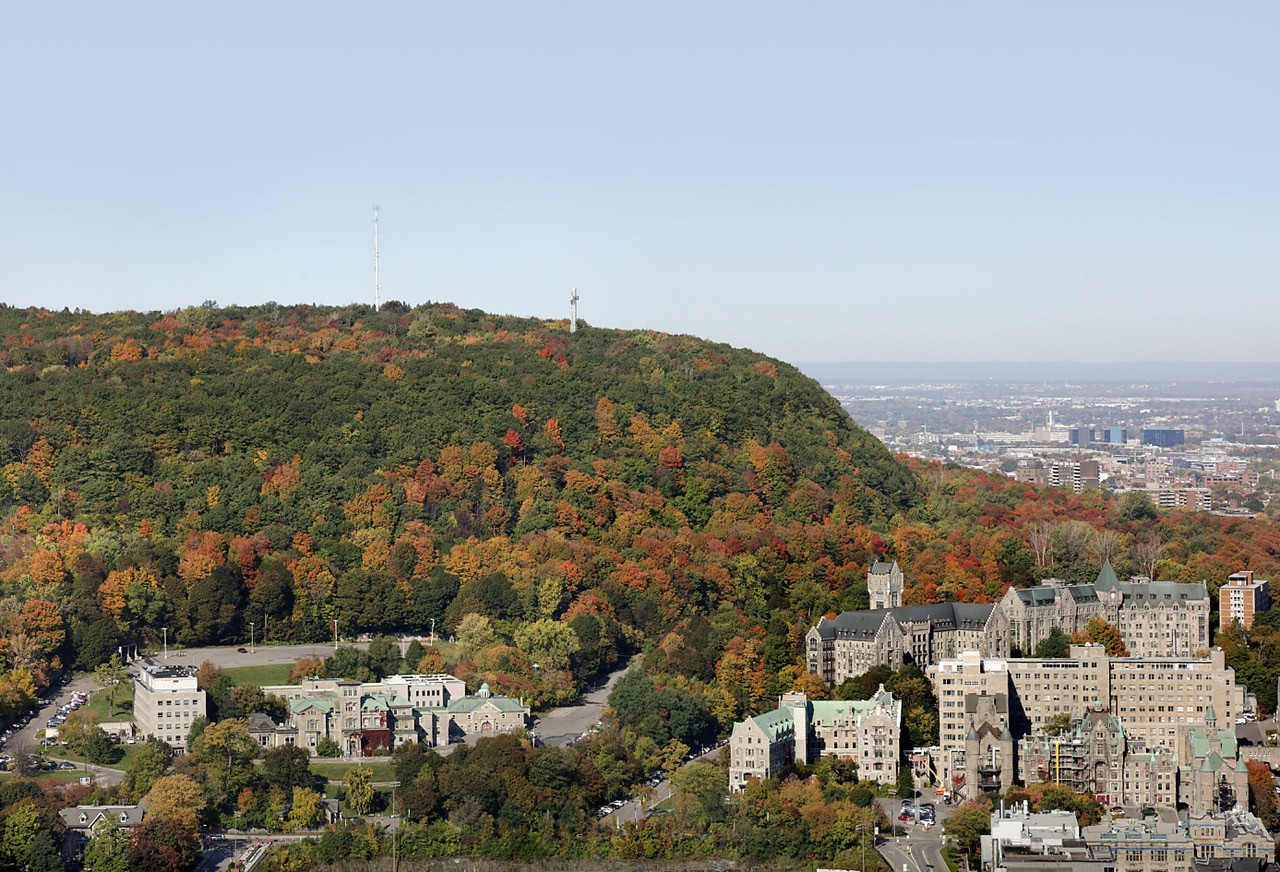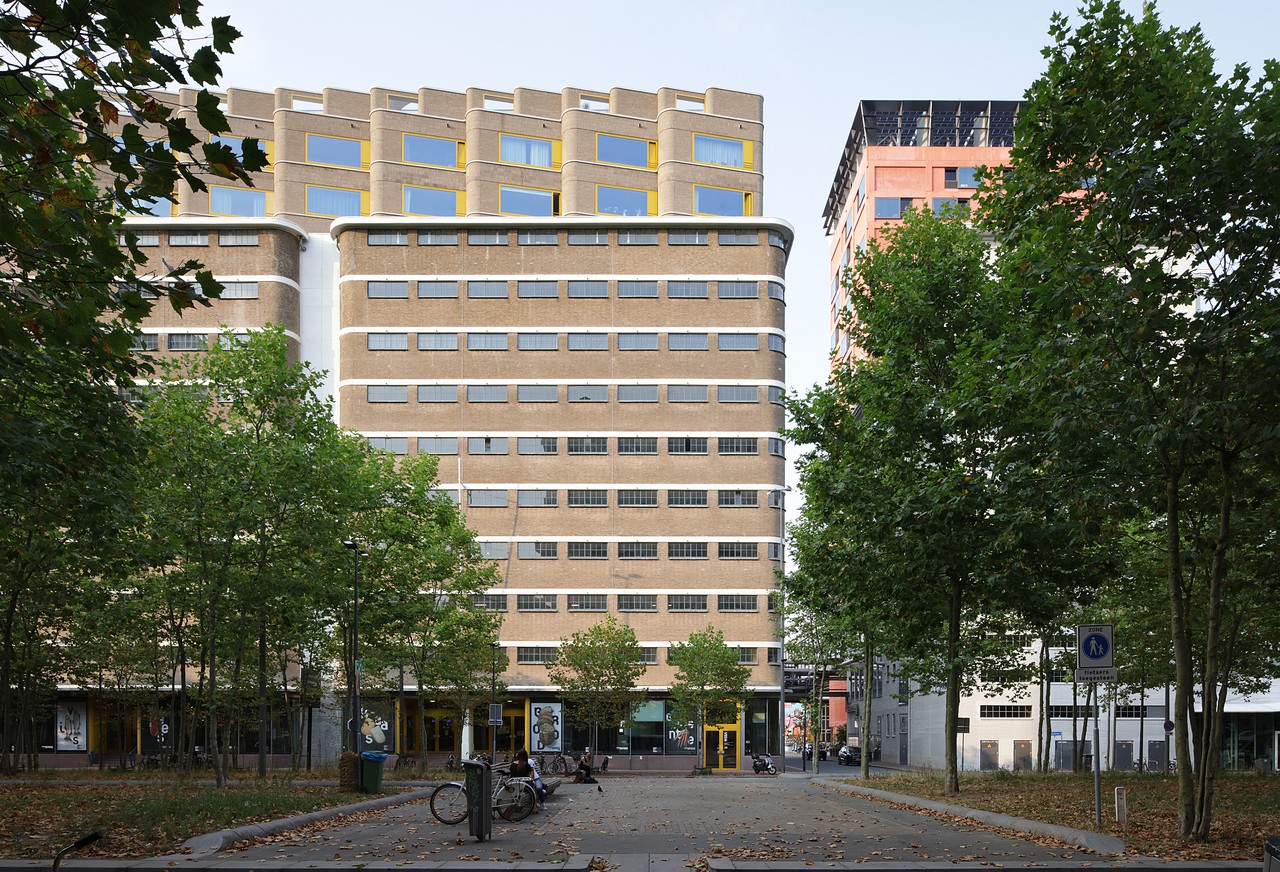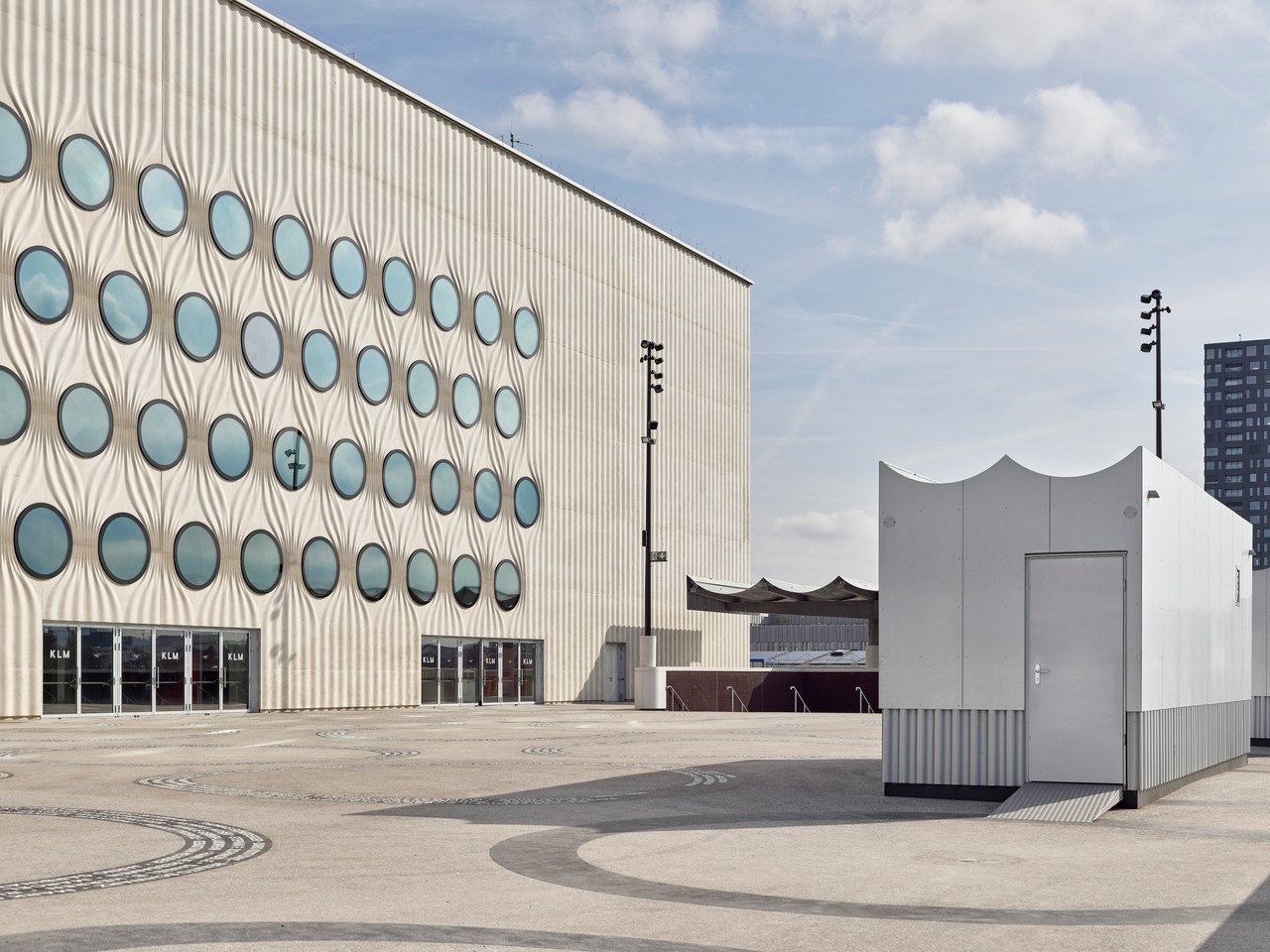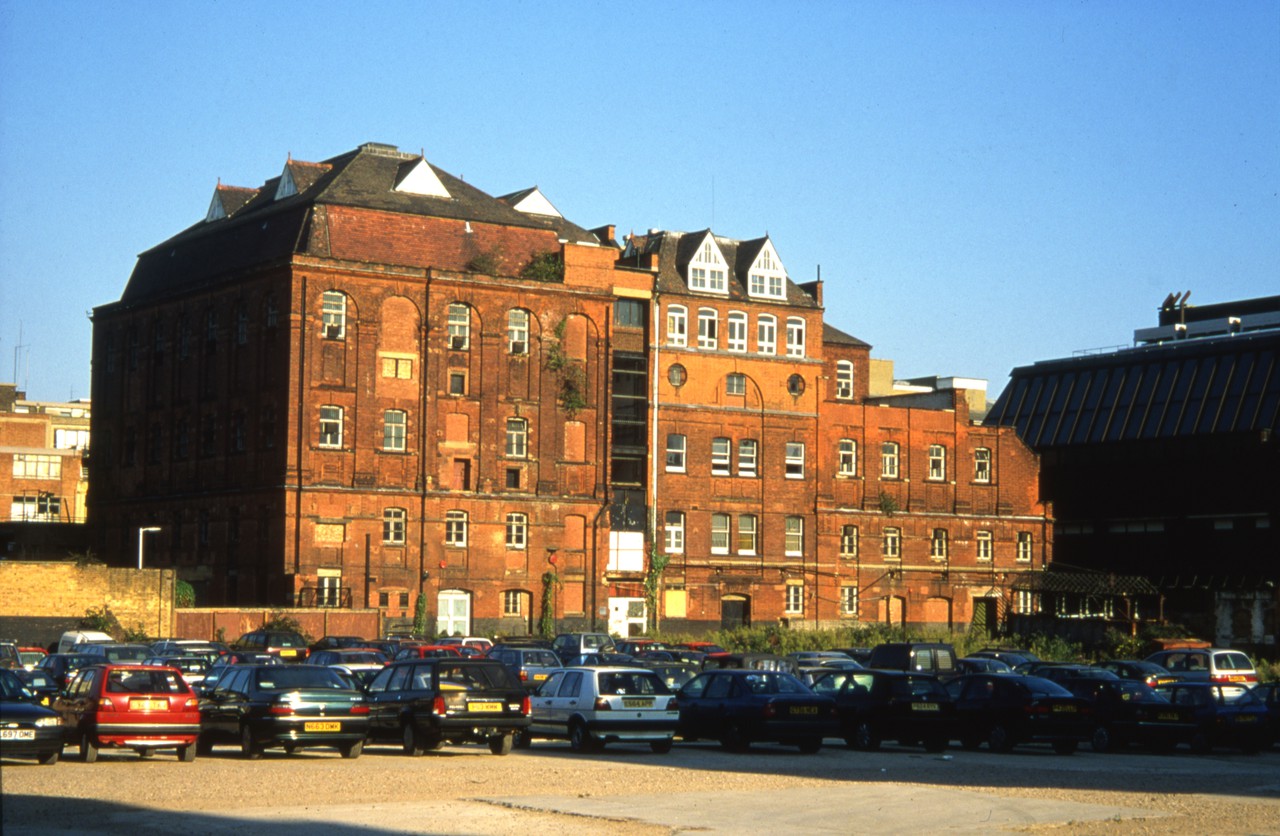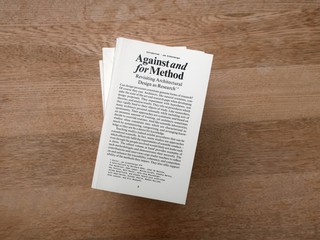
An interview with Adam Caruso features in a new gta Verlag publication, Against and For Method. Edited by Jan Silberberger, the volume tries to tackle the deficiencies in studio teaching and proposes possibilities for integrating research approaches into teaching and practice.
It features a range of contributors, including Bernhard Böhm, Johan De Walsche, Kim Helmersen and Monika Kurath, among others. In addition to these essays, five interviews were conducted with practising architects, who are also studio professors at ETH Zurich. These contributions and conversations are intended to urge studio teachers to consider that conceptually coherent approaches aids their students.
Book design and photos © Brighten the Corners.
Related news
Peter St John's London Met Unit will investigate the theme of Second Life. The term comes from the artist and social activist Theaster Gates, who states that almost everything can be reused. This is evident in his work which has involved collating discarded objects and materials, as well as salvaging and refurbishing whole buildings.
Students will look at the question of how to renew buildings; how construction can be less energy-demanding and creating systems where buildings are indivisible components in a regenerating ecological system.
Students in studio Adam Caruso at ETH Zurich will spend their Autumn semester working on a group of structures around Helvetiaplatz in Zurich. Through model-making and drawing students will engage with not only the adaptive reuse of existing buildings, but also how we can reframe the cultural value of them.
Owen Hatherley takes an in-depth look at the first two volumes of Caruso St John's Collected Works for Sidecar, the blog of the New Left Review, charting the practice's origins in 1990s London and its 'principled refusal' of the tenets of the so-called starchitects that rose to prominence during that decade.
A+U magazine has published a second issue dedicated to the work of Caruso St John. The publication covers projects undertaken since 2015, with a particular focus on the practice's work with existing structures.
This second volume in Caruso St John’s Collected Works is published this month by MACK. The publication traces an interlacing set of themes through the practice’s work over the first twelve years of the twenty-first century. Its unique approach to history is revealed as a rejection of the myth of relentless novelty in favour of an understanding of the past as present and an interest in working with the existing. The influences of Milan, Chicago, and Rome on understandings of the city are explored, as well as the use of ornament and the place of Switzerland in shaping the practice’s evolving trajectory. Throughout these contexts, collaborations with contemporary artists including Thomas Demand and Damien Hirst continue to shape the practice's relations to the materiality and drama of space.
Published by Mack Books, The Triple Folly presents an account of the collaboration between Thomas Demand, Caruso St John, and textile manufacturers Kvadrat, which led to the construction of the new pavilion at Kvadrat's headquarters in Ebeltoft, Denmark.
Publication
Mount Royal
Adam Caruso
In a publication presented by ETH Studio Jan De Vylder, Adam Caruso reflects on his experiences growing up in Montreal and family visits Mount Royal, the mountain located directly west of downtown and one of the city’s largest green spaces.
The Swiss Life Arena is featured in Casabella 944. Federico Tranfa introduces the project and discusses its key references – the ruins of an ancient mosque in Syria and the 18th century Guards Tent in the gardens of the summer palace at Drottingholm in Stockholm.
The Swiss Life Arena is reviewed in the March edition of Werk, Bauen Wohnen. Benjamin Muschg takes in the atmosphere at a sold-out game, as the ZSC Lions triumph over HC Davos, and describes the building's unconventional organisation and approach to minimizing energy consumption in use.
Marco Biagi explores the approach of international practices to decommissioned industrial buildings. Citing a range of recently completed projects, including Caruso St John's Veemgebouw, he discusses the rise of adaptive reuse. Biagi explains through our urgent environmental crisis, the reuse of industrial plants and depots is more necessary than ever, offering a new challenging creative outlet for contemporary architects.
Profile
Der Standard
A visit to the pioneers of adaptation in Zurich
Vienna, Austria
17th December 2022
Maik Novotny visits Caruso St John's Zurich office to discuss the new arena for the ZSC Lions ice-hockey team and, despite the scale of its most recently completed project, discovers the practice's long-term interest and growing commitment to projects that prioritise renovation and adaptive re-use over new construction.
Casabella issue 940 features a review Caruso St John's Complete Works, Volume I, published by Mack Books. Federico Tranfa commends the book's thematic collation of projects, found texts and commentaries, stating it is a 'courageous way to come to terms with the past, because it is not analysed a posteriori, but instead with the cultural context of the epoch of pertinence'.
